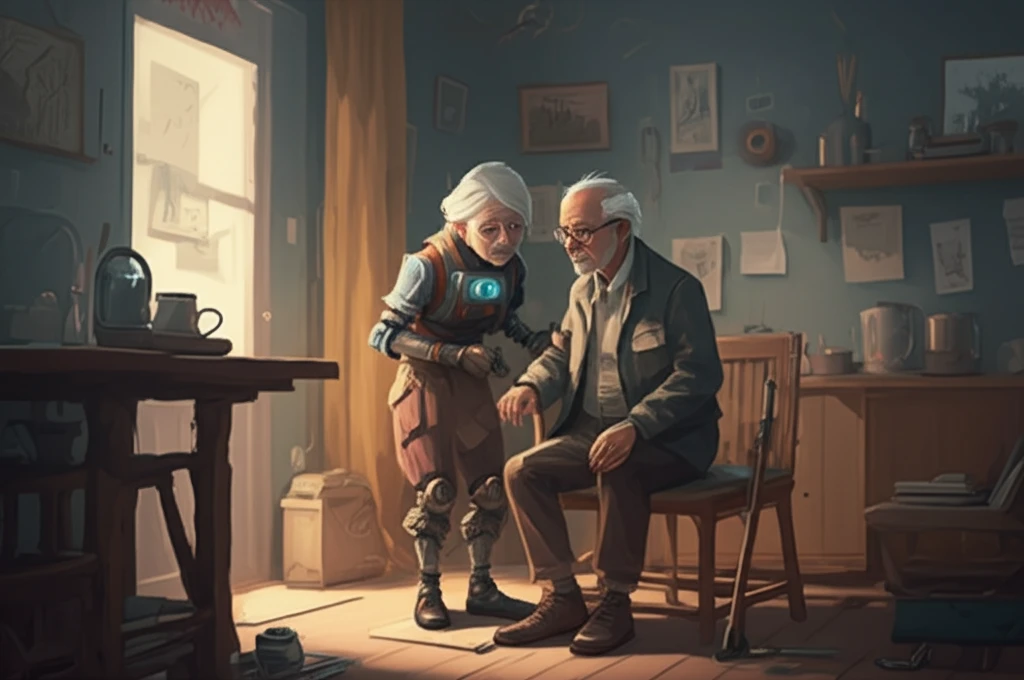
Never Fall Again: The AI Revolution in Elderly Fall Detection
"Discover how cutting-edge computer vision technology is keeping our loved ones safe and independent for longer."
Caring for aging parents or relatives, especially those who live alone, is one of the most important yet stressful concerns of modern families. The risk of falls is a constant worry, with falls accounting for approximately 60% of injuries among elderly individuals in hospitals. For those living alone, a fall can have devastating consequences, as they may be unable to call for help due to unconsciousness or paralysis. The need for reliable fall detection systems has never been greater.
According to the European Union Commission and the World Health Organization, the global population of older adults is expected to increase threefold between 2008 and 2060. This demographic shift presents significant challenges, as the incidence of falls rises with age. Approximately 28-35% of people over 60 and 32-42% of those over 70 experience falls each year. While not all falls result in serious injuries, the inability to get up and the prolonged time spent on the floor can lead to dehydration, hypothermia, and other health problems.
Fortunately, technological advancements are offering new solutions to address this pressing issue. Artificial intelligence (AI) and computer vision are revolutionizing the field of fall detection, providing innovative ways to monitor and assist elderly individuals in their homes. This article will delve into the exciting world of AI-powered fall detection systems, exploring how they work and the benefits they offer for both seniors and their families.
AI to the Rescue: How Computer Vision Detects Falls

Traditional fall detection systems often rely on wearable devices equipped with accelerometers and gyroscopes. While these devices can be effective, they come with drawbacks. Many elderly individuals find them uncomfortable to wear for extended periods, and there's always the risk of forgetting to put them on. Computer vision-based systems offer a more discreet and user-friendly alternative. These systems use cameras to monitor a person's movements and employ sophisticated algorithms to identify potential falls.
- Non-intrusive Monitoring: No need for wearable devices, allowing for greater comfort and compliance.
- Wide-Area Coverage: A single camera can monitor a large area, providing comprehensive coverage of the living space.
- Remote Verification: Video footage can be reviewed remotely by caregivers or healthcare professionals for added peace of mind.
- Multiple Event Detection: Cameras can identify other events in the scene, such as a person struggling or calling for help.
The Future of Fall Detection
AI-powered fall detection systems hold immense promise for improving the safety and well-being of elderly individuals. As technology continues to advance, we can expect to see even more sophisticated and user-friendly systems emerge. Future research will likely focus on enhancing the accuracy of fall detection algorithms, reducing false alarms, and integrating these systems with other smart home technologies to provide a comprehensive safety net for seniors. With AI on our side, we can help our loved ones maintain their independence and enjoy a higher quality of life for years to come.
